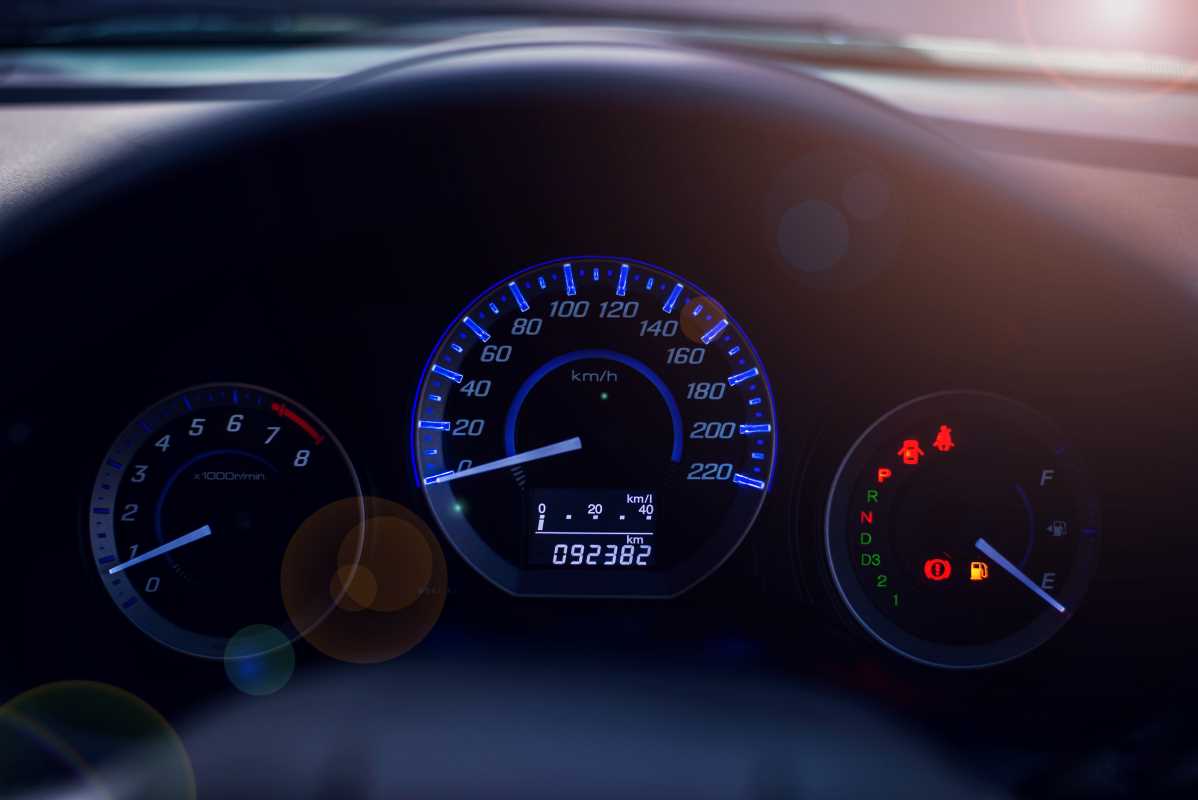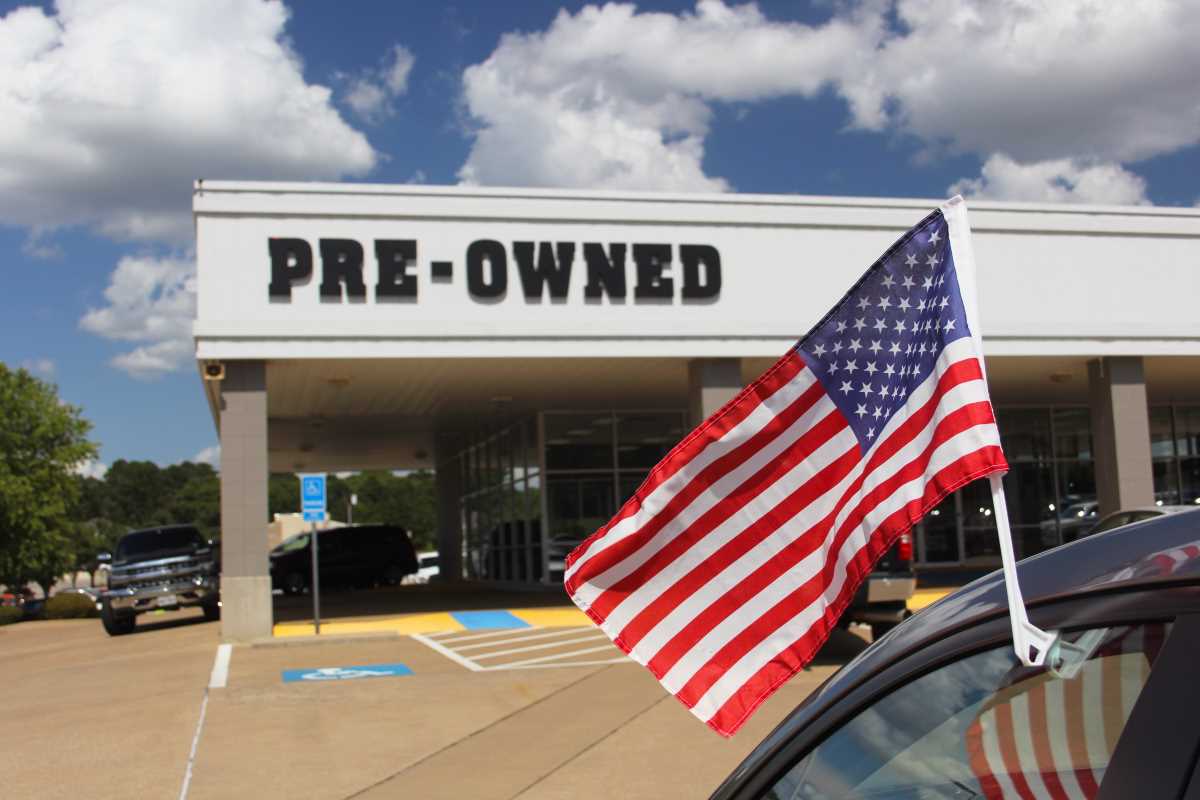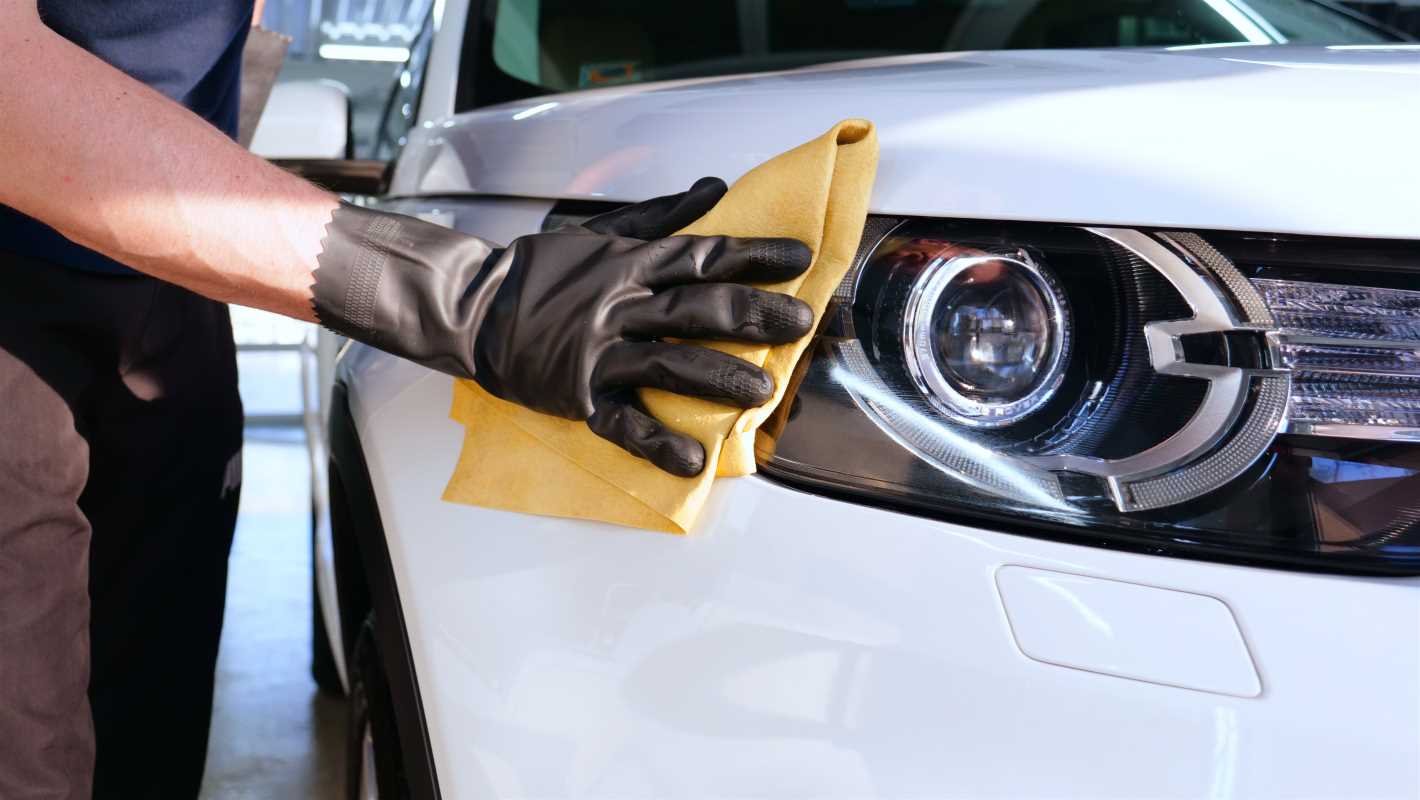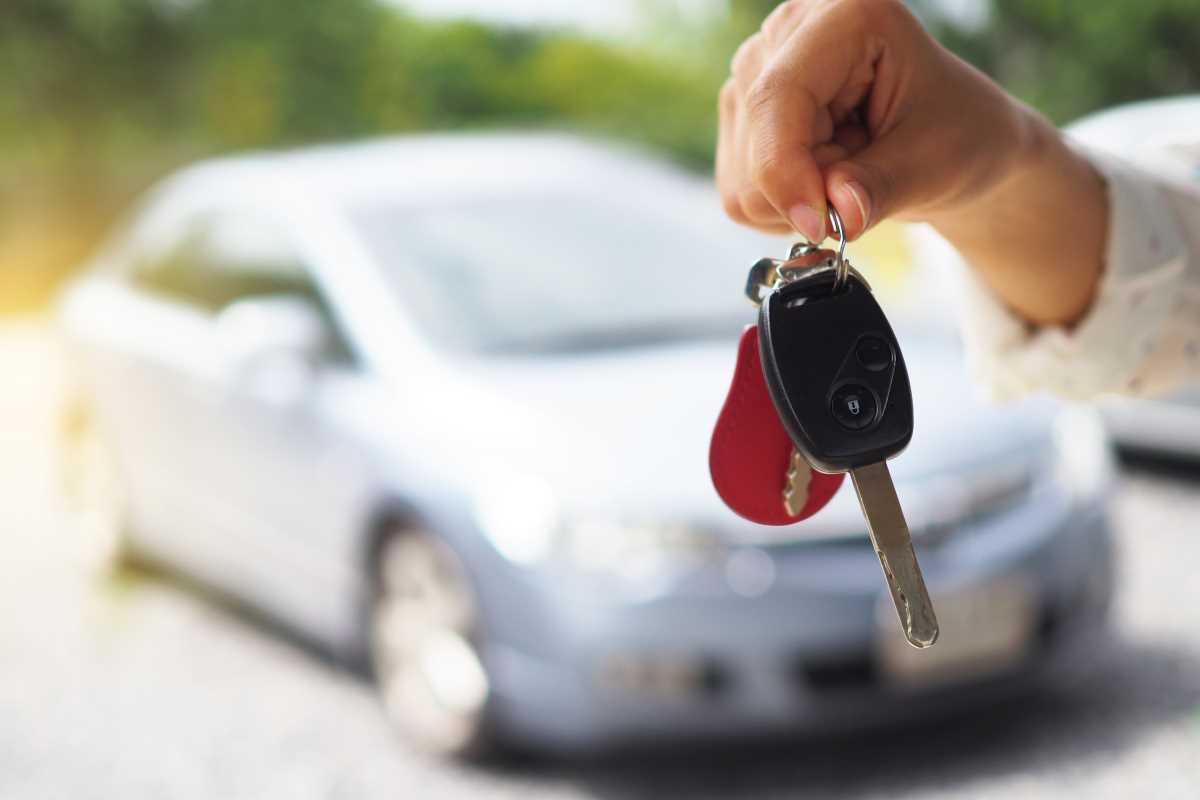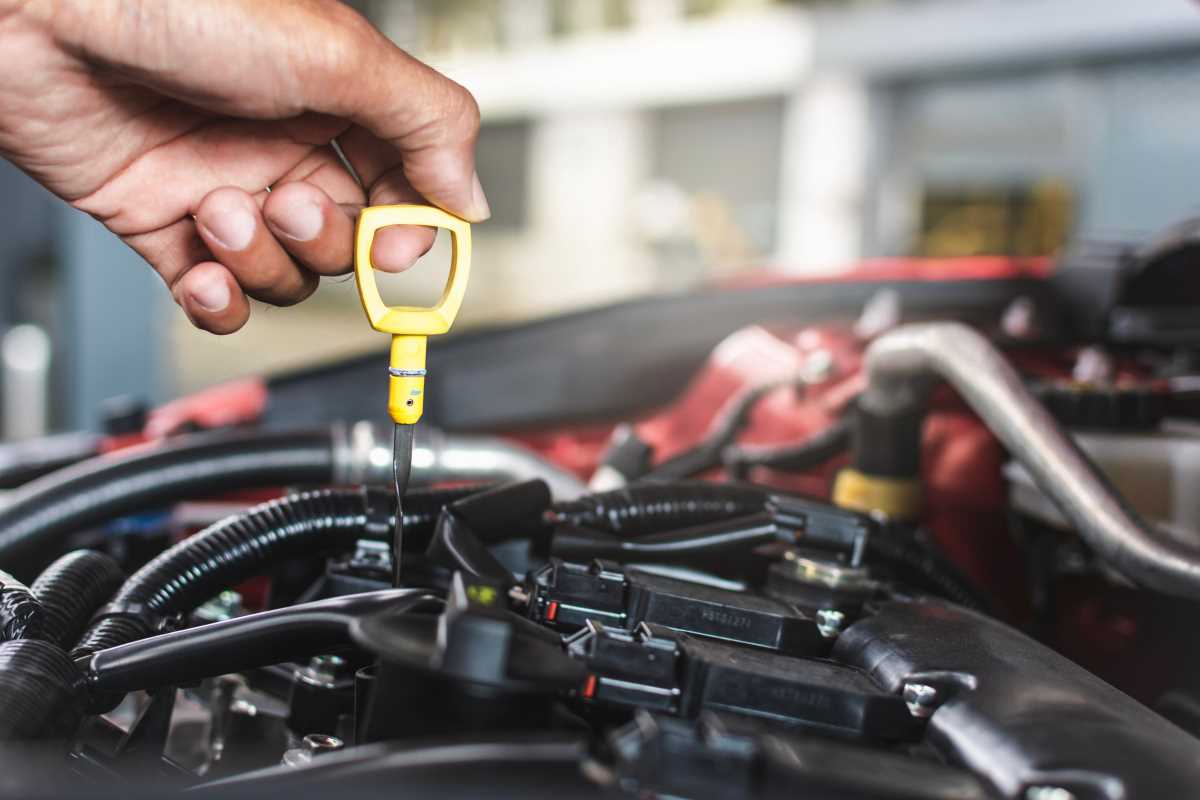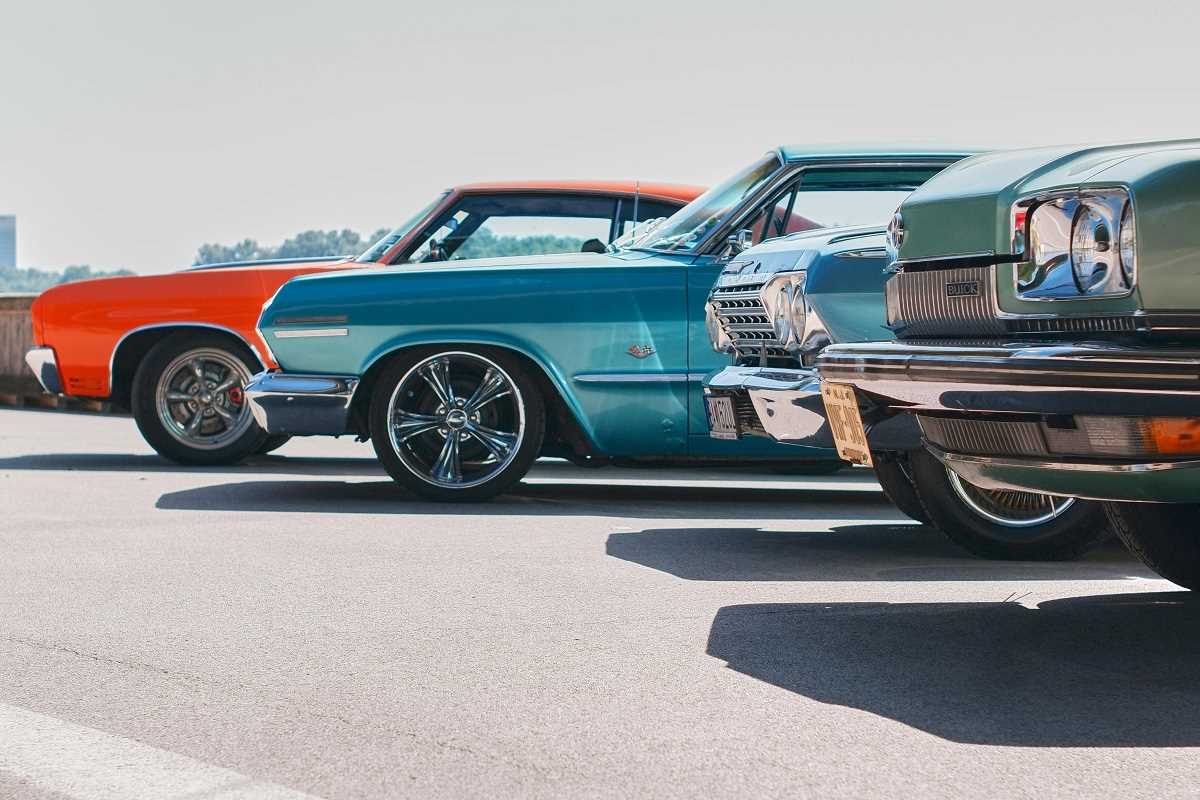When you’re shopping for a used car, one thing that often stands out is the odometer reading. High-mileage vehicles, while seemingly risky, can also offer surprising benefits. But are they worth your hard-earned cash? Here’s the deal—not every car with six digits on the odometer is a ticking time bomb. Some can provide great value and reliability, even hitting the road with as much enthusiasm as their low-mileage counterparts. Still, buying used cars with high mileage has its distinct challenges. Understanding the upsides and potential downsides can help you make a smarter choice. Let's take a closer look at what you need to know about these budget-friendly, high-mile cruisers.
The Pros of High-Mileage Cars
Lower Purchase Price
One undeniable advantage of high-mileage vehicles is their lower sticker price. Cars lose value as soon as they’re driven off the lot, and the more miles they rack up, the more that price plummets. For buyers on a tight budget, this can be a significant perk. A car with 120,000 miles might cost thousands less than one with only 50,000 miles, even if both are in working order. This price difference can mean the opportunity to drive a nicer model than you might otherwise afford.
For instance, instead of settling for a base trim Honda Civic with low miles, you could snag a higher-trim model packed with features for the same price, just with a higher odometer reading. A lower price lets buyers stretch their dollar while still getting a reliable ride.
Proven Reliability
Not all cars handle high mileage equally. However, some models are known for their longevity, with odometers that seem to go on forever. If you’re looking at brands like Toyota, Honda, or Subaru, a car with 150,000 miles may just be hitting its stride. Vehicles known for their reliability often have engines and drivetrains that keep running smoothly well over the average lifespan of a car.
Another thing to remember is that a high-mileage car has often already had major issues addressed. Problems that commonly crop up after 50,000 or 100,000 miles (like timing belt replacements or transmission repairs) may already be taken care of. When you buy from a seller who kept meticulous records, you might end up with a car that has more miles but fewer problems.
Affordable Insurance
Insurance rates for used cars, especially older high-mileage ones, are generally lower than for new or low-mileage vehicles. Since the car’s market value is already reduced, repairs or replacements cost less for the insurance company. This could save you hundreds of dollars annually, especially if you’re a young driver or someone looking to cut costs.
High-mileage cars bring extra appeal to buyers aiming for budget-friendly transportation because the lower upfront costs are often paired with reduced ongoing expenses.
Environmentally Friendly Choice
Believe it or not, opting for a used, high-mileage car over a brand-new one is often the greener choice. Manufacturing a new car requires significant resources, and the process leaves a huge carbon footprint. By keeping an old car on the road, you’re contributing to sustainability—which adds an unexpected eco-friendly perk to buying high-mileage vehicles.
The Cons of High-Mileage Cars
Increased Maintenance Costs
While the lower sticker price of a high-mileage car is certainly enticing, you’ll want to prepare for potentially higher maintenance costs. Cars with more miles are likely to have experienced wear and tear on components like tires, brakes, and suspension. Essential systems, such as the transmission or engine, might also be closer to needing repairs or replacement.
For example, around the 100,000-mile mark, many cars require a timing belt change, which can cost anywhere from $500 to $1,000 depending on the car. While this isn’t necessarily a dealbreaker, it’s something a buyer should budget for. Without proper research and planning, a low purchase price could quickly balloon into a series of costly repairs.
The Risk of Unseen Problems
The older and more driven a car is, the greater the chance it might have hidden issues. Some problems can’t be detected with a surface inspection or a short test drive, only revealing themselves after you’ve had the car for a while. Rust, aging electrical systems, and deteriorating hoses or seals might not become apparent until they create a problem.
To avoid being caught off-guard, it’s crucial to have any high-mileage car inspected by a trusted mechanic. They can spot potential red flags that might otherwise go unnoticed, giving you a clearer idea of what you’re getting into before the paperwork is signed.
Shorter Remaining Lifespan
High-mileage cars, no matter how well-built or maintained, won’t last forever. While some models are capable of hitting 300,000 miles or more, others might struggle to reach these numbers. Buying a car with 150,000 miles likely means you won’t get as many years out of it as you would with a car that’s been driven only 30,000 miles.
Even if the car feels solid today, putting extra miles on a vehicle already near the end of its expected lifespan could lead to premature retirements. For commuters driving long distances, this means you may end up replacing the car sooner than expected.
Resale Value Takes a Hit
If you plan to resell the car down the line, keep in mind that high-mileage vehicles depreciate faster than their low-mileage counterparts. While you may save money upfront, you’ll likely recoup less if you decide to sell later. For buyers who think they’ll need to upgrade in a few years, this could be an important factor to weigh.
However, if you’re planning to drive the car until its final mile anyway, resale value may not matter much to you. It all depends on your long-term plan for the vehicle.
High-mileage cars offer a range of benefits and challenges, from affordability and sustainability to potential maintenance hurdles. By weighing the pros and cons and doing proper research, you can determine whether a high-mileage vehicle is the right fit for your needs.
